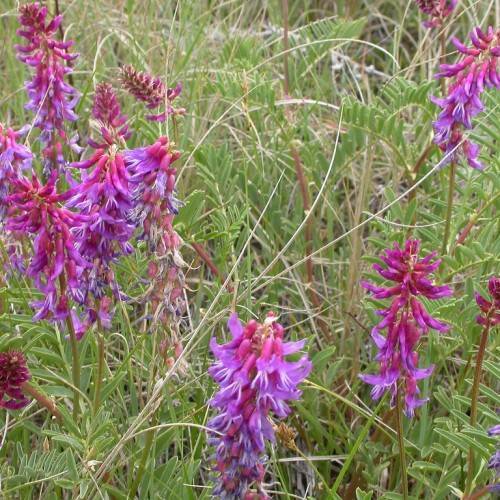
Two Grooved Milk Vetch
Astragalus bisulcatus var. bisulcatus
Watering:
Minimal
Hardiness Zone:
Sun:
full sun,part shade
Leaf:
Yes
Growth Rate:
Low
Drought Tolerant:
Yes
Salt Tolerant:
Yes
Care Level:
Medium
watering
Beckwith's Milkvetch requires frequent watering, typically every 3-4 days during the summer season and every 7-10 days during the winter season. Make sure the soil has drained completely between waterings, as Waterlogging can lead to root rot. During dry periods, water deeply and frequently. In spring give them a good deep soaking once a week, and then about twice a week during the peak of the growing season.
sunlight
Beckwith's Milkvetch requires about 4-6 hours of sunlight each day to grow and thrive. It prefers full sun in the morning and afternoon with some shade in the middle of the day. Direct afternoon sun can be too intense in some climates. This plant species grows best in climates such as those of the western United States and will tolerate short periods of drought. It is important to provide adequate drainage when growing this species and to water it regularly to ensure adequate growth.
pruning
Beckwith's Milkvetch should be pruned in late summer (around August). Pruning should be minimal, focusing on removing dead or damaged stems and thinning out any overcrowded growth. It is also necessary to shape the plant by removing branch tips. Pruning should not be too severe, and it should never remove more than 1 third of the plant's foliage, or more than 1 third of its branches. If Beckwith's Milkvetch is grown for its flowers, it may be necessary to thin out some of the blooms to prevent the plant from becoming too crowded.
